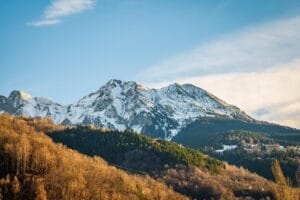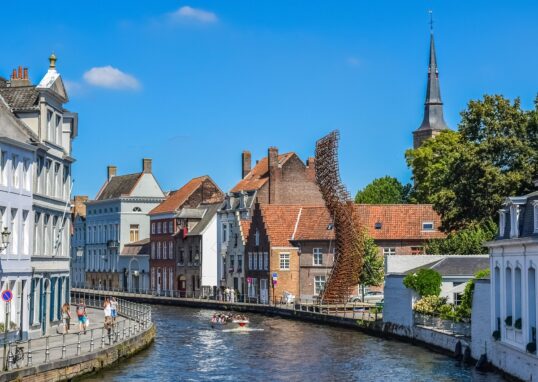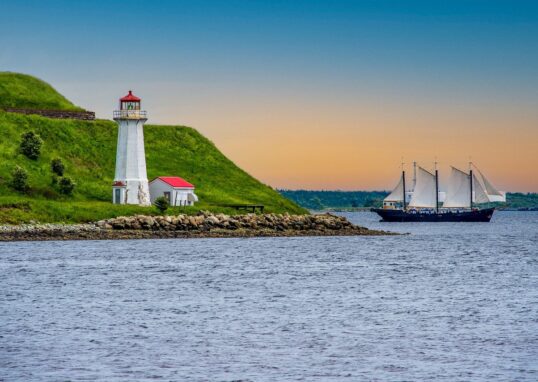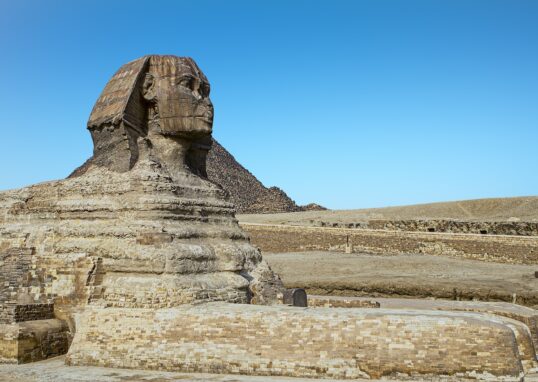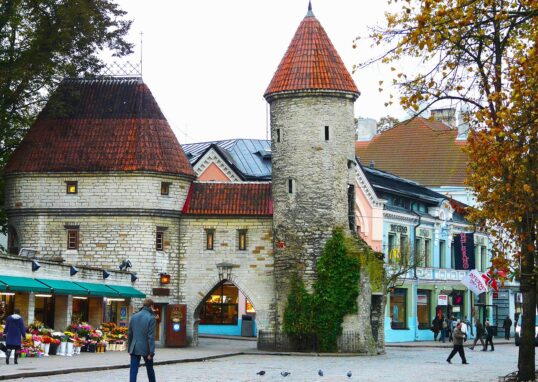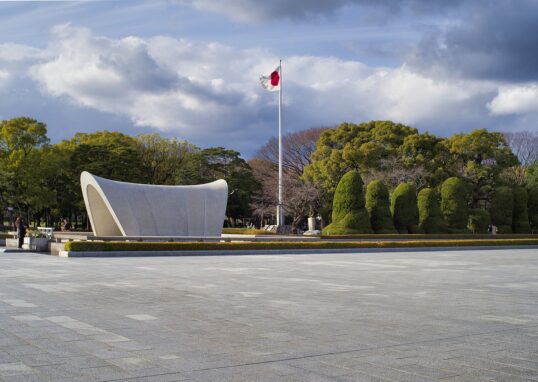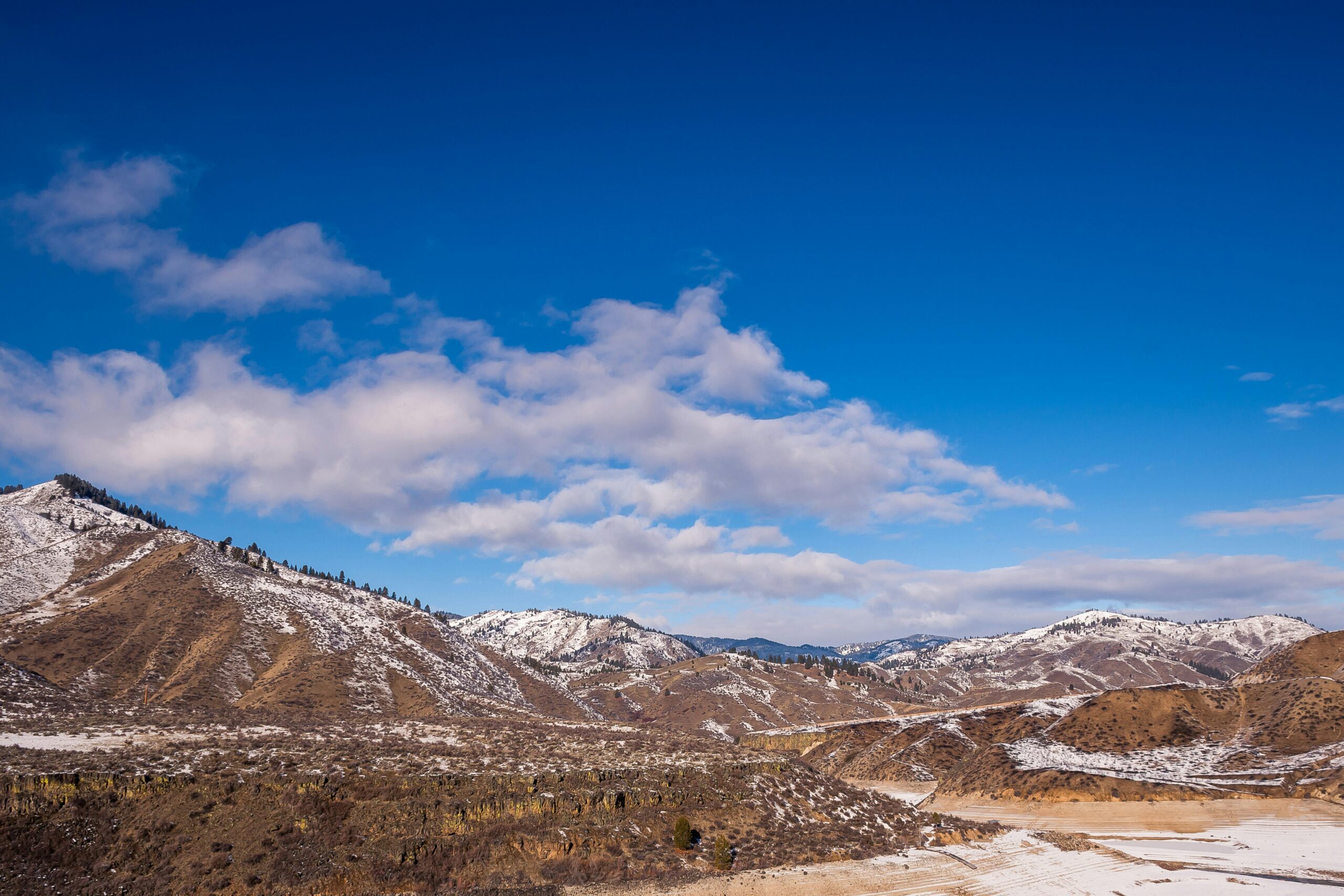
Exploring the Cold Winter Deserts of Turan: A Hidden Natural Wonder
The Turan Cold Winter Deserts are the most anomalous and out-of-the-way landscapes in all of Central Asia. They occupy most of Kazakhstan, Uzbekistan, and Turkmenistan. They are deserts, yet they are not hot deserts like the Sahara. Rather, they experience cold winters that last for months and brief hot summers that last only a few weeks. These deserts are part of the Turan Plain, one of the largest flatlands in the world. Here in this blog, we can observe how lovely the climate is here, some wildlife of this place, and the cultural significance of the Cold Winter Deserts of Turan. We can also observe about its residents and how to get here.
What Makes These Deserts Unique?
In contrast to all the other deserts, which are dry and hot, the Turan Cold Winter Deserts have gigantic temperature fluctuations. The temperature goes below -20°C (-4°F) during winters and goes above 40°C (104°F) during summers. Snow falls over the desert during the winter seasons, something that hardly occurs in other deserts. These deserts feature sandy plains, salt flats, and rocky areas. They are shaped by strong winds, which create dunes and dust storms. Rainfall is rare, but when it does fall, it supports temporary vegetation. The soil structure here is normally salty, and water is in short supply. But life is present, thanks to the hardiness of flora and fauna in the area. This makes the Cold Winter Deserts of Turan a peculiar ecosystem.
The Flora and Fauna of the Turan Deserts
Even though the land looks dry and barren, it is home to many species. Some of these species are not common and can only be seen in this region.
Plants
The vegetation of these deserts is adapted to tolerate tough conditions. Some of the most common plants include:
- Saxaul trees: Saxaul trees are short in stature and grow deep roots in an attempt to find water.
- Saltwort and tamarisk: These plants are suited to salty soil.
- Wormwood: Bushy shrub, animal food plant.
During spring, the desert is blanketed by wildflowers after rain. The brief season paints the sandy dunes with colors and life.
Animals
Various animals live in the Cold Winter Deserts of Turan, some of which are:
- Goitered gazelle: A Fast animal that lives in the open desert.
- Saiga antelope: One with a unique nose, and also a species that is on the brink.
- Desert monitor lizard: A Large reptile that lives in sandy dunes.
- Jerboa: Long-legged rodent with great jumping ability.
- Steppe eagle and saker falcon: Desert birds of prey that hunt in the desert.
These animals have specialized features to withstand the cold winters and dry climate.
People and Culture
People have lived and settled in the Turan deserts for centuries. There were once nomadic people traveling from location to location with livestock, depending on the season. Today, there are still remnants who live in small villages and rely on agriculture, animal husbandry, and craftsmanship. Local culture varies. People wear traditional clothes, cook unique dishes, and observe certain holidays. Guests are treated kindly, and generosity is appreciated. Traditional arts such as weaving carpets, making pots, and leather crafts are still practiced. They can be bought as souvenirs by tourists.
Climate and Seasons
The weather in the Cold Winter Deserts of Turan is severe. Four seasons are seen, but winter and summer are the most severe.
- Winter (December-February): Severely cold, with snow and ice. Road conditions could be challenging to travel.
- Spring (March to May): Short and warm. Flowers are in bloom and animals are active.
- Summer (June to August): Very hot and dry. Temperatures generally cross 40°C.
- Autumn (September to November): Cool and dry, good for travel.
Autumn and spring are the best times to visit. The weather is not too harsh, and nature is more active.
How to Visit the Cold Winter Deserts
Journey to Turan’s Cold Winter Deserts requires planning. The following is a brief guide:
- Start from large towns: Tashkent (Uzbekistan), Ashgabat (Turkmenistan), or Almaty (Kazakhstan).
- Use local guides: The deserts are vast and poorly road-connected. A guide provides safety and guidance.
- Travel in 4×4 vehicles: These are best for traversing in deserts.
- Take provisions: Water, food, warm gear, and maps are essential.
- Overnight camping in yurts or camps: An Overnight stay is possible in yurts or eco-camps in some of the tours.
Permits may be necessary in some locations, especially near borders. Local regulations must always be ascertained before traveling.
Tourist Spots Near the Cold Winter Deserts of Turan
The Cold Winter Deserts of Turan offer several interesting and historical places surrounding them. The tourist spots offer cultural, natural, and historical experiences that increase excitement towards traveling to the area of Turan. Some of the places to see surrounding the deserts include:
Aral Sea (Uzbekistan/Kazakhstan)
Once one of the world’s largest lakes, the Aral Sea is an extreme example of environmental change. Although the water is mostly lost, visitors can see abandoned ships amidst the dunes. There is a museum and displays in Moynaq city in Uzbekistan to commemorate the history of the sea. It is a sad but important place to observe nature and mankind.
Khiva(Uzbekistan)
Khiva is a breathtakingly well-conserved ancient city located at the edge of the Turan Plain. It is filled with mud-brick walls, ancient mosques, and imposing minarets. Driving through the streets of Khiva is like stepping back in time. The inner town, Itchan Kala, is a UNESCO World Heritage Site and a major draw for history buffs interested in Central Asian heritage.
Darvaza Gas Crater (Turkmenistan)
Named the “Door to Hell,” this massive fiery crater in the Karakum Desert is both strange and amazing. It was created when a gas field collapsed, and experts set it on fire to prevent the spread of the methane. It has been burning for decades and glows incandescent at night. Tourists will typically camp outside it to witness its fiery glory.
Bukhara (Uzbekistan)
Bukhara is the most spiritual and ancient city of Central Asia. It has over 140 preserved historic buildings, including old mosques, madrassas, and an ancient citadel. Bukhara offers a blend of culture, architecture, and bazaars. It is also a suitable region to try traditional Uzbek food and buy handmade crafts.
Ustyurt Plateau
From Kazakhstan to Uzbekistan, the Ustyurt Plateau is a remote and untamed area covered in canyons, cliffs, and salt deserts. It is a spectacular and unusual landscape that’s ideal for adventure travelers. There are old graves, petroglyphs, and wildlife in the desert. It is ideal for nature enthusiasts and photographers.
Nukus and the Savitsky Museum (Uzbekistan)
Nukus is the capital of the Karakalpakstan province of Uzbekistan. It is home to the Savitsky Museum, which has one of the world’s greatest Soviet avant-garde art collections. The museum is a surprise gem in such a remote area. It also includes exhibits on local history and culture.
Aydarkul Lake (Uzbekistan)
Aydarkul is a large, peaceful desert lake. It offers a peaceful atmosphere for birding, swimming, and relaxation. Tourists can stay overnight in yurt camps around it and enjoy local food and music. It’s just a perfect spot to unwind after explorations of the deserts.
Kyzylkum Desert (Uzbekistan/Kazakhstan)
This desert shares a border with Turan’s Cold Winter Deserts and features similar landscapes. Visitors can go on camel rides, trek around fossil areas, or stay overnight in eco-camps. It also boasts ancient Silk Road caravan routes, which are fun to explore.
Samarkand (Uzbekistan)
Samarkand is Central Asia’s most ancient and famous city. Though it is more distant from the Turan deserts, it typically remains part of tour itineraries to the region. Blue-domed buildings, giant squares, and a storied history make it an unforgettable cultural experience.
Repetek Biosphere Reserve (Turkmenistan)
Located in the Karakum Desert, this reserve is thick with desert plants and animals. It is used for research but is also open to travelers. It features a small museum, hiking trails, and wildlife viewing areas. It is a perfect spot to learn about desert ecology.
Eco-Tourism and Conservation
Since Cold Winter Deserts are so rare, they are now part of a UNESCO World Heritage Area. What this means is that they are now protected for their natural and cultural value. Local and international groups work to conserve the land, wildlife, and culture. Eco-tourism is encouraged. This is visiting the region in a way that helps nature and local people
Visitors are asked to:
- Walk along designated trails. Do not disturb animals. Take their trash with them. Support local business owners.
When you visit responsibly, you help keep this amazing place alive.
Why This Place Matters
The Turan’s Cold Winter Deserts aren’t just space. They’re a living reminder of how life can survive in the most extreme environments. They’re steeped in history, mystery, and beauty. Few have known about this destination, but now they do. With growing interest in nature tourism and heritage sites, tourists are increasingly discovering their beauty. It is a land where silence speaks. Where the wind shapes the landscape. Where old cultures meet new conservation. It is a travel destination for the unusual, the deep. Whether you are a nature lover, a history lover, or just an adventurous spirit, the Cold Winter Deserts of Turan is something that will never be forgotten.
Conclution
The Turan’s Cold Winter Deserts are truly one of the best-kept secrets in nature. They are not quite as popular as other desserts, but they are just as worthwhile. The deserts demonstrate just how strong nature can be. Life exists here despite the cold winters and parched summers. We would normally expect deserts to be hot and arid. But the Turan area gives us a reason to believe otherwise. It shows us that there is another type of desert that becomes cold, snowy, and contrasted. This makes it stand out and not like any place on this earth. The plants and animals that live here are strong and smart. They understand how to survive on very little. The individuals who live here also live simply and carry on traditional customs, take care of the planet, and live modestly. Their culture makes the desert even more beautiful. For travelers, the Cold Winter Deserts offer a peaceful and virile experience. You do not see throngs. You see acres of land, untroubled skies, and deep relationships with the earth. Every step here is a step back in time or a step into fantasy.



